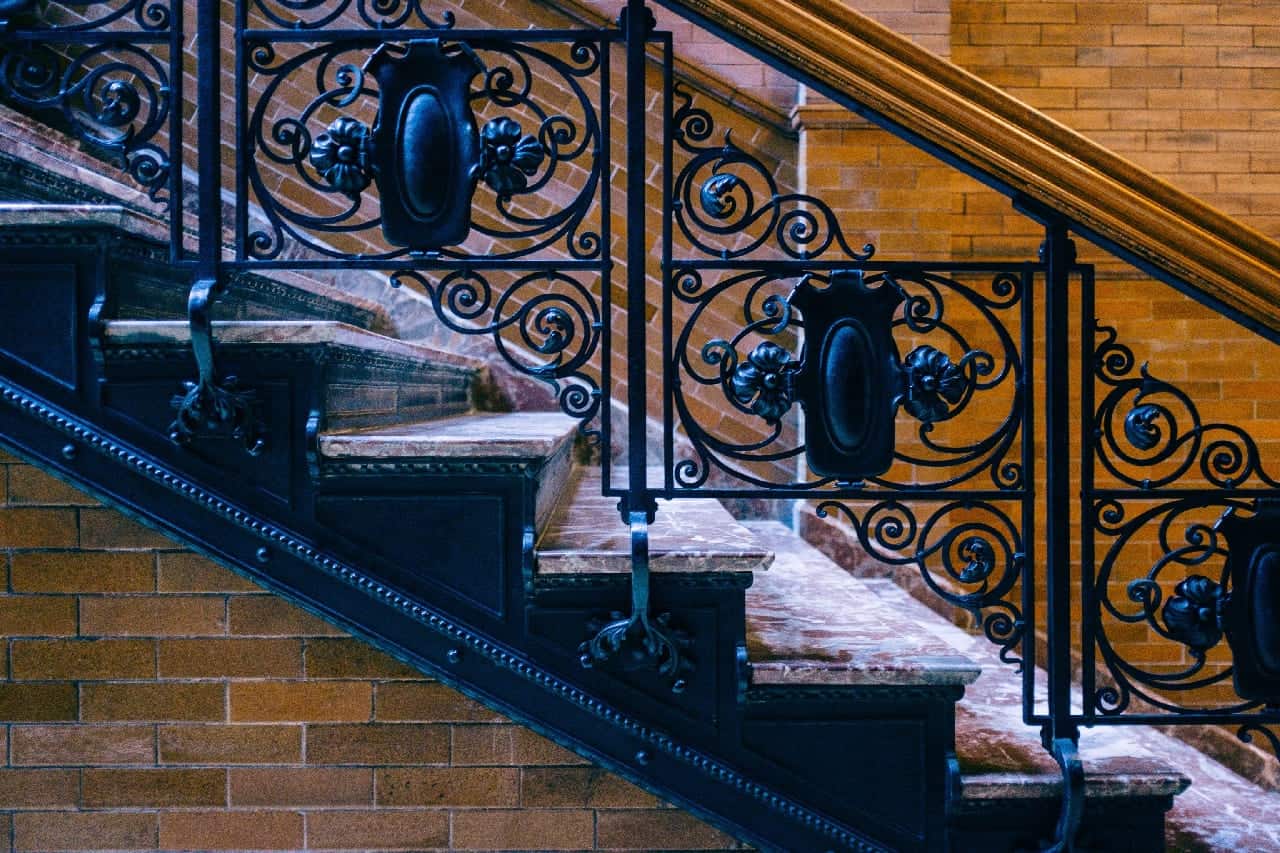Renovating the house is not an easy task. With all the details and materials to pay attention to, you can easily get lost when it comes to names, especially when they all sound the same. After all, what is the difference between banister and baluster? Is there a difference at all?
Basically, a banister is a handrail on the side of a staircase and a baluster is a short column used to support a rail.
Is it still confusing to you? Don’t worry! They look very alike, but there are some details that will help you to understand further the difference between a banister and a baluster.
If you wish to know them, just keep reading the article.
The Real Difference Between Banister And Baluster
A banister, also written as “bannister”, is the handrail of the stairs. However, it can also be used as a name for a staircase baluster.
Most interior designers and architects will use this word to refer to more modern and narrower support. It can also be used to refer to the supporting beams that hold up the railing.
A baluster, on the other hand, is a vertical piece that stays between the floor and a railing or any other type of wood. Its function is to add support and safety to the staircase.
This word comes from the Italian word balaustra, which means pomegranate flowers. The reason why is that balusters sometimes mimic the appearance of pomegranate flowers, since it is decorative pillar or post made to support the top rail.
Balusters can be made of stone, wood, iron, or any other type of material. The major difference between the two terms is their uses.
Banister cannot be used in situations that do not involve a staircase. However, baluster can. So when you are talking about balustrades or fences, for example, you are going to use balusters, and not banisters.
The United States General Services Administration (GSA) says that the handrail, footrail, and balusters are components of a balustrade, but many people may call the whole system a banister.
It is probably that the baluster design for architectural ornamentation was initiated in the Renaissance. The Villa Medici a Poggio a Caiano is a good example of that since it has a balustrade with a decorative railing of balusters.
Banister Vs Baluster: Comparison Chart
Let’s summarize the main differences between banister and baluster for better understanding.
| BANISTER | BALUSTER |
|
|
What’s The Difference Between A Baluster And A Balustrade?
As I’ve said before, balusters are the vertical legs or vase-like posts on railings that can be made of any material, from iron to wood. The balustrade is several balusters spaced with harmony and connected so they can form a decorative railing that is supported by baluster posts.
Overall, a baluster is a single leg, while balusters are multiple of these legs. So, balustrades are all of them together as a unit. Balustrades can be indoors or outdoors. It is the word used to refer to railings on a terrace, porch, or balcony. It is related to the French word balustre, which means the same, a pillar of bulbous shape.
The baluster’s shapes can vary. It depends on the architectural style of the house or outdoor building in which they are in. They can be plain or highly ornamental.
The Kenwood House, for example, has decorative iron balusters that have a complex shape and were made in the 18th century. On other hand, the Monticello, also made in the 18th century, has a simpler baluster style, even though it still resembles Renaissance architecture.
What’s The Difference Between Balusters And Spindles?
Again, they are very similar things.
The spindle is the popular name for a baluster. In the industry and architectural field, the supports used to hold up a handrail will be called “balusters”. But the popular name of it is “spindles”.
Actually, “spindle baluster” was a style of baluster that can be found in early houses from the United States. So the thinner a baluster is, the more it will look like a spindle.
People like to say spindle because it can be easier to remember and because it resembles the old tool used to spin wool into yarn, which was a very common object during the 17th, 18th, and 19th centuries.
Spindles are commonly simpler and less elegant than the balusters based on the Renaissance style. It is very common nowadays since the houses usually have a contemporary style focused on efficiency and practicality.
Spindles are usually made of wood or iron. And they can be found in decks, patios, balconies, and stairs. Another detail that can help you to understand what makes these different from each other is that balusters usually rest on footing, but spindles usually are supported by a horizontal rail at the bottom which is attached to the pillars.
Is Banister The Same As Handrail?
It depends on the context, but yes, you can use a banister to indicate the handrail. Actually, this is how most people use this word. But banister can also refer to the stair fencing.
Handrails are rail designed to be grasped by the user’s hand so they can have support and safety while descending stairways. You can use them for holding clothing in a bathroom, pool area, etc.
They are often attached to walls and used in barres to prevent ballerinas from falling while training. They are also used in ship’s galleys and any other place with a wet floor.
It needs to be strong enough to support someone’s weight while providing them what is necessary to equilibrate themselves.




